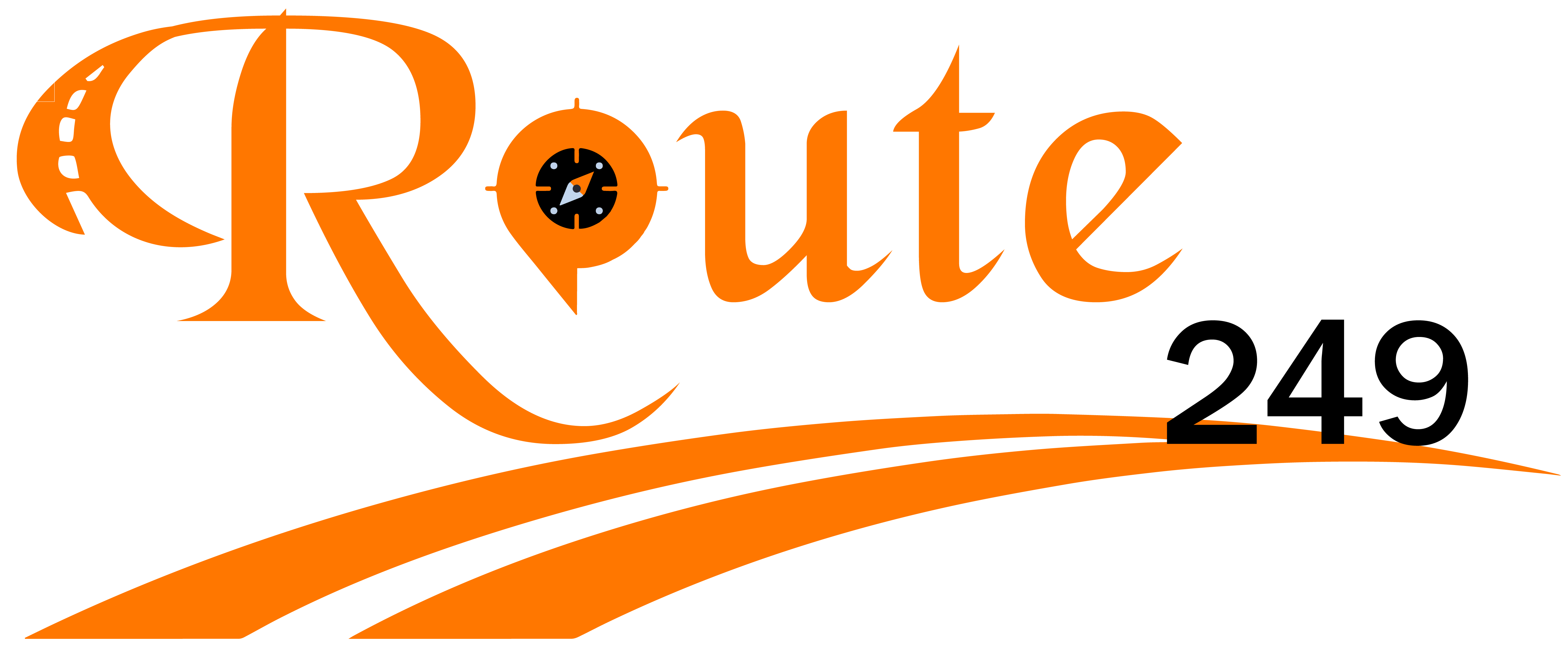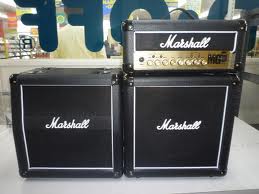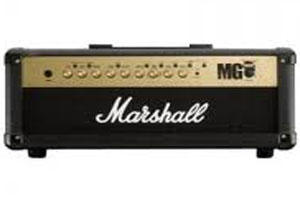I have been looking for something that I can play at the house without blowing everyone’s eardrums out. Sometimes when writing music, I get up at weird hours and work on things. Well, I came upon this for sale really cheap because the music shop guy selling it didn’t know how to set the switches and he thought it wasn’t working properly. In fact, I didn’t know till I got it home. I thought it was going to be a fixer-upper. But once I researched it and saw what was set wrong, It now works great! For a 15 watt head, this is a powerhouse of amp.
I will start out by giving you all the specs and then get to the meat and potatoes of it all.
Features:
Output 15 Watts of Solid State Technology
The Marshall Stack has 2, 10″ speakers. It is designed for 1-2, 10” speakers. Unfortunate for me, mine didn’t come with speakers.
Channels 4. There’s Clean, Crunch, Overdrive 1, and Overdrive 2.
Digital Effects 4, There’s Chorus, Flanger, Phaser, and Digital Delay.
Digital Reverb
Internal Floppy Disk Drive that allows you to saves your settings.
MP3 / Live In so that you can jam along with other music.
Headphone jack 1/8”
Dimensions 7” H x 15” W x 8” D (approx) (head only)
Weight 8-1/2 lbs. (head only)
MG Foot Controller Compatible. This foot switch is sold separately. This foot switch enables you to store any of the sounds from the amp to the foot controller. And it also comes with a built in tuner. Unfortunately, mine didn’t come with that either.
So much for the dry stuff, what does it sound like? Does it sound good? I know, you can hardly wait. Obviously I cannot tell you what the 10” speakers that come with it sound like. Sometimes they are designed specifically for the amps, and therefore sound better than if you were to use a speaker that isn’t designed for it. I used a 12” monitor speaker just to test it out. Probably not the best one to judge its sound, but I was trying to see if it worked. Well, long story short, it sounded pretty good for a solid state amp and some speaker that was just laying around. I’m a tube man myself, but it sounded good. The clean Was a bit dry at first, but after adding some reverb and adjusting the EQ, oh and a touch of chorus, it sounded pretty good. The crunch sounded like a typical Marshal amp. With the gain on about half it started breaking up similar to a tube amp. The Overdrive channels have a completely different voicing from the normal channel. They are more of a Hi-Gain sound. As for the effects, I like a little more control. Maybe I just need to play with it some more. Still, for the price, this is quite an amp. It has a lot to offer.
There is a little bit of a learning curve to set the controls. I’m not going to bore you with explaining each knob. I might do a review on YouTube if I can find the time. I looked there and there isn’t even one video about this amp, so I could be the first (maybe). The knobs are pretty straight forward. The effects knob has all four effects on the one knob. Each effect uses ¼ of the knob. And the delay effect has a tap button to set the rate. All the effects uses a volume knob to adjust the amount of depth that each effect has. Then there’s a store button to save your sounds. All four channels (Clean, Crunch, Overdrive 1, & Overdrive 2) can be saved so that when you switch from one to the other, it will remember your settings. There is an MP3 / Live In jack so that you can play with your favorite songs. Just plug in your MP3 player or disc player and you can play right along with them. This can be helpful in a number of ways. One good way is so that you can learn the song, another is so you can play right along with them. This can be helpful in a number of ways. One good way is so that you can learn the song, another is so that you can match their lead, and another is so that you can tailor your sound to sound like the music you are trying to imitate. And you thought this was going to be a tiny 15 watt amp. Well for practicing around the house, it’s great, and if you wanted to mic it, I’m sure it would get you through most any gig (unless you were playing in a coliseum) If you were playing in a coliseum, you could probably afford to rent something a little bigger, lol.
If I do a video on YouTube, you can hear for yourself what it sounds like. I was (and still am) impressed with the sounds that it makes. It isn’t a JCM 800, but it costs about $1200.00 to $2000.00 less. If you’re looking for a Marshall at an affordable price, this may just be worth checking out. At least give her a try. I think if you can get past the thought that it’s a 15 watt amp, you will be pleasantly surprised. I just bought it to fix up and sell, but now that I’ve heard it, I think I’m going to keep it.
Till next time, take care,
mark








